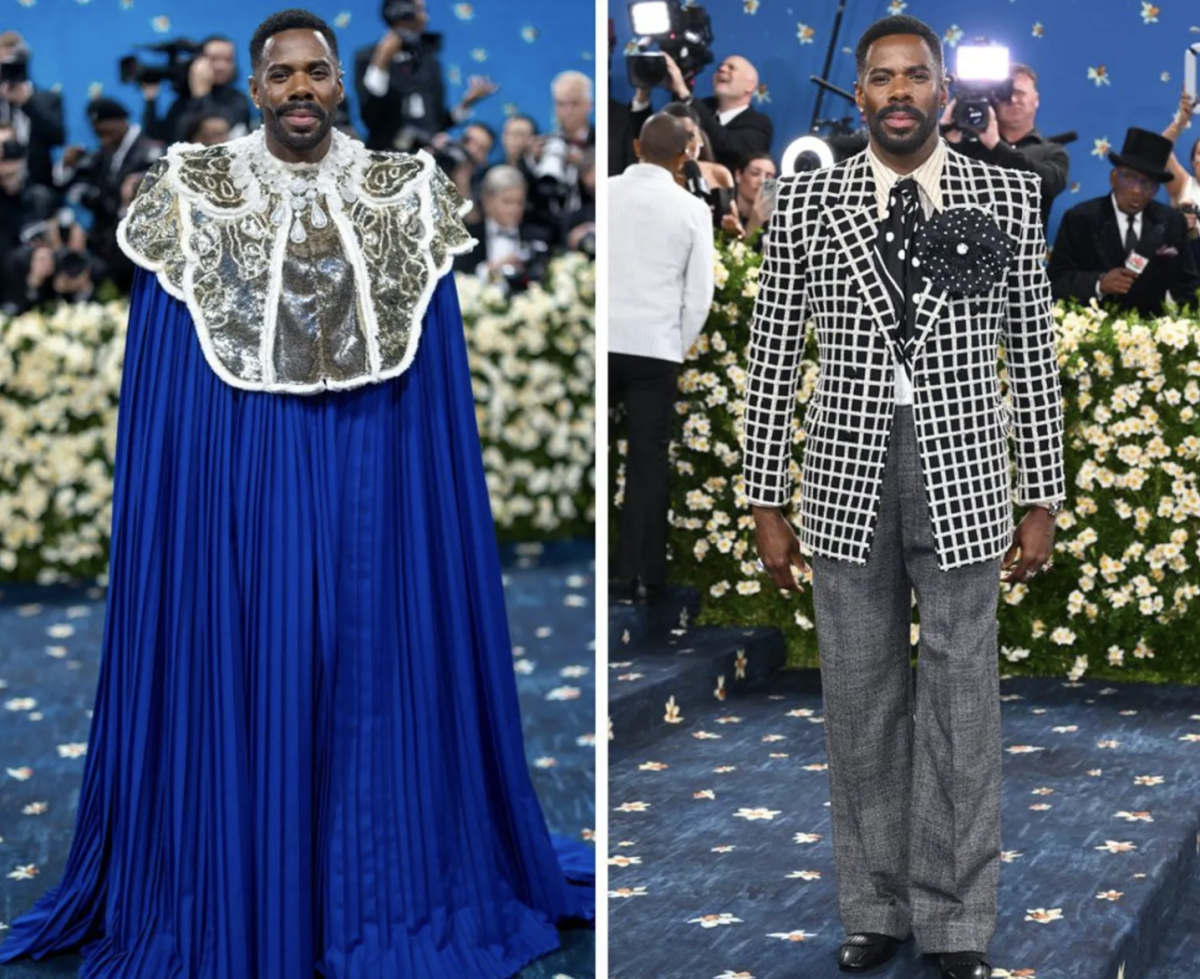Science teachers use educational videos to introduce ideas, explain concepts and enrich the classroom experience.
In science teacher Dr. Beverly Lawson’s chemistry classroom, the lights dim and a video plays on the board. The students in the class attentively watch the videos, and Lawson periodically stops the video to discuss the content with her students. This is one of many instances of science teachers who are incorporating educational videos into the lesson with the goal of enriching students’ learning.
While other academic departments do take advantage of the vast amounts of technology at Hockaday, the Science Department has a unique take on utilizing technology in the classroom.
Lawson uses videos from the “World of Chemistry” series, which “[the chemistry teachers] like a lot,” she said. “They’re actually very good. The graphics are excellent, give very clear explanations and really good examples. They have really good applications to real world problems, which, of course, is what we want to emphasize.”
Science Department Chair Dr. Marshall Bartlett uses PBS videos, and AP Biology teacher Brandi Finazzo’s students watch Bozeman Science videos from YouTube.
Finazzo’s classroom is a flipped model classroom, where her students watch the webcasts and take notes for homework and then come to class to solidify and expand the knowledge they have learned.
However, Lawson’s students do not use the videos for homework. Instead, they are introduced to a concept during class with a lab or some other activity, and then they use the videos as a learning supplement to the concepts taught in class.
While Bartlett notes that they do not stream videos for homework because it is “technically difficult on the limited network bandwidth,” he too uses videos as a supplement for class ideas.
For Lawson, the videos have provided a valued addition to the class, as evidenced by the fact that they have been used for so long. “In fact, we use them so extensively, we had used them for so many years that [the cassettes for VHS] were really not in great shape, so we just replaced them, and we got DVDs instead,” she said.
Not only have the students in her classes responded well to the videos, but Lawson is able to use the videos to develop external projects and activities.
“We have used the questions that students [have from these videos] to develop a project on gases that we think has been very successful. Really, almost everything in that project came out of the questions that the girls were able to raise after seeing the video. So, I think if used properly, the videos can enhance a course,” Lawson said.
In Finazzo’s class, the flipped model method has great advantages as well.
“I really like it because it frees me up to do more work with the girls in the class. There are so many more interesting group activities, more demos and more lab activities,” Finazzo said. The flipped method also allows her to cover more material, which is important for an AP course.
However, Finazzo was “concerned that [the students] don’t have the spontaneity of questions,” opposed to a lecture, where students can freely ask questions and receive immediate feedback. To combat this issue, Finazzo has developed a “discussion board,” a page on Haiku where her students can post questions that may arise while watching the videos. Then, Finazzo will discuss the questions during class.
In contrast, videos have both benefits and drawbacks, according to Bartlett. While the video “provides a rich, multi-media experience for students,” he sees the video-watching as a passive form of learning, meaning that the content of the videos will not “stick” in the students’ heads for long.
“It doesn’t often leave much [of an] impact on the student— they walk away from the video happy and impressed, but if you asked them 2 or 3 days later what they watched the video about, they would have a hard time telling you,” Bartlett said.
Because of this, videos are not typically used to teach, but to enhance the material already learned.
“They are doing more active, engaged things, and then we use the video somewhere in there as sort of a ‘frosting on top’—it’s this rich, multimedia experience that can help supplement all of the other active things they’ve done,” Bartlett said. “Videos will always end up being a limited portion of the learning experience for a student.”
Despite these potential drawbacks, Finazzo plans to keep the videos for good. “It took some getting used to, but now I can’t even think of going back,” she said. “I think of all the time that we would waste and all the activities that we wouldn’t be able to do.”
– Sunila Steephen

